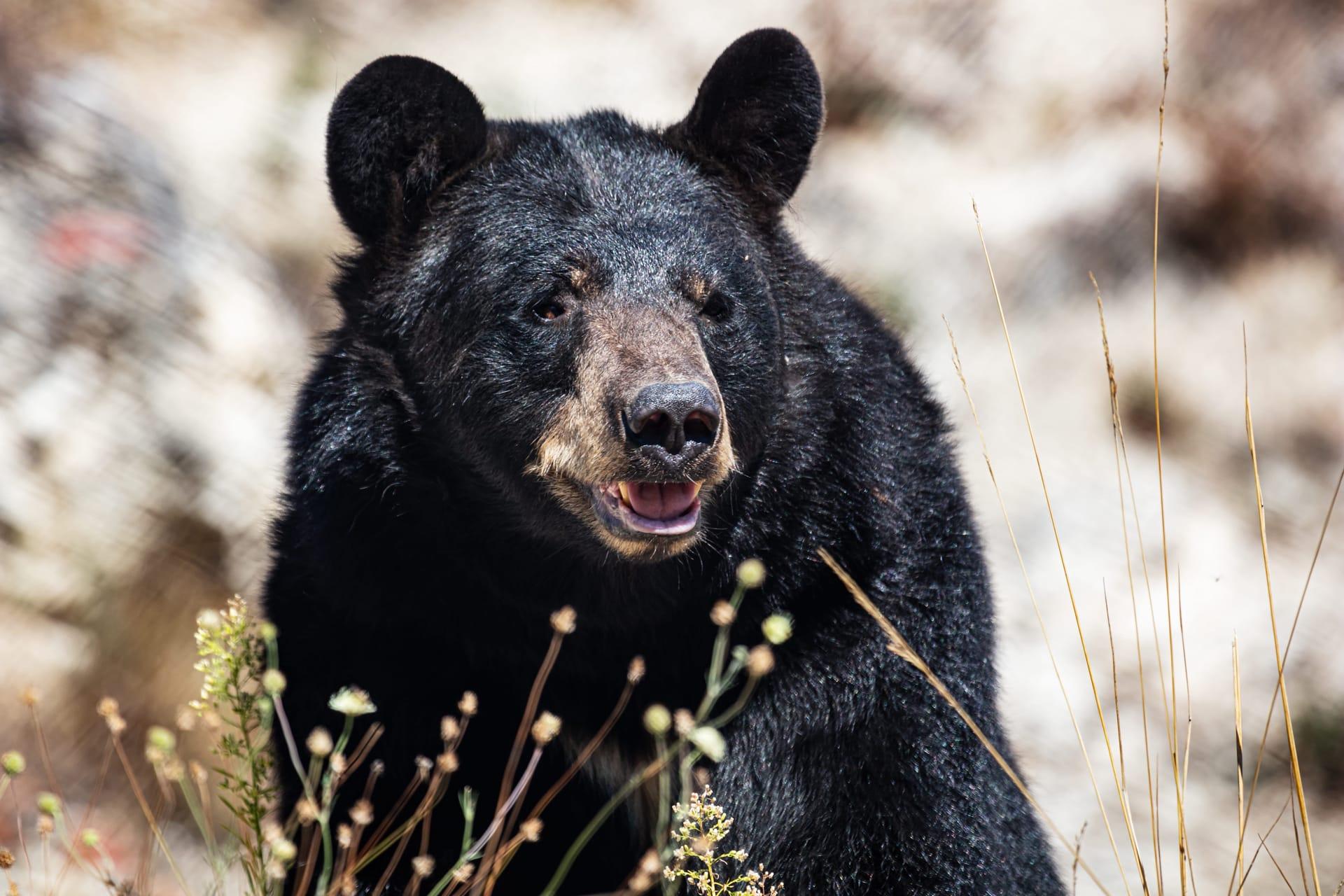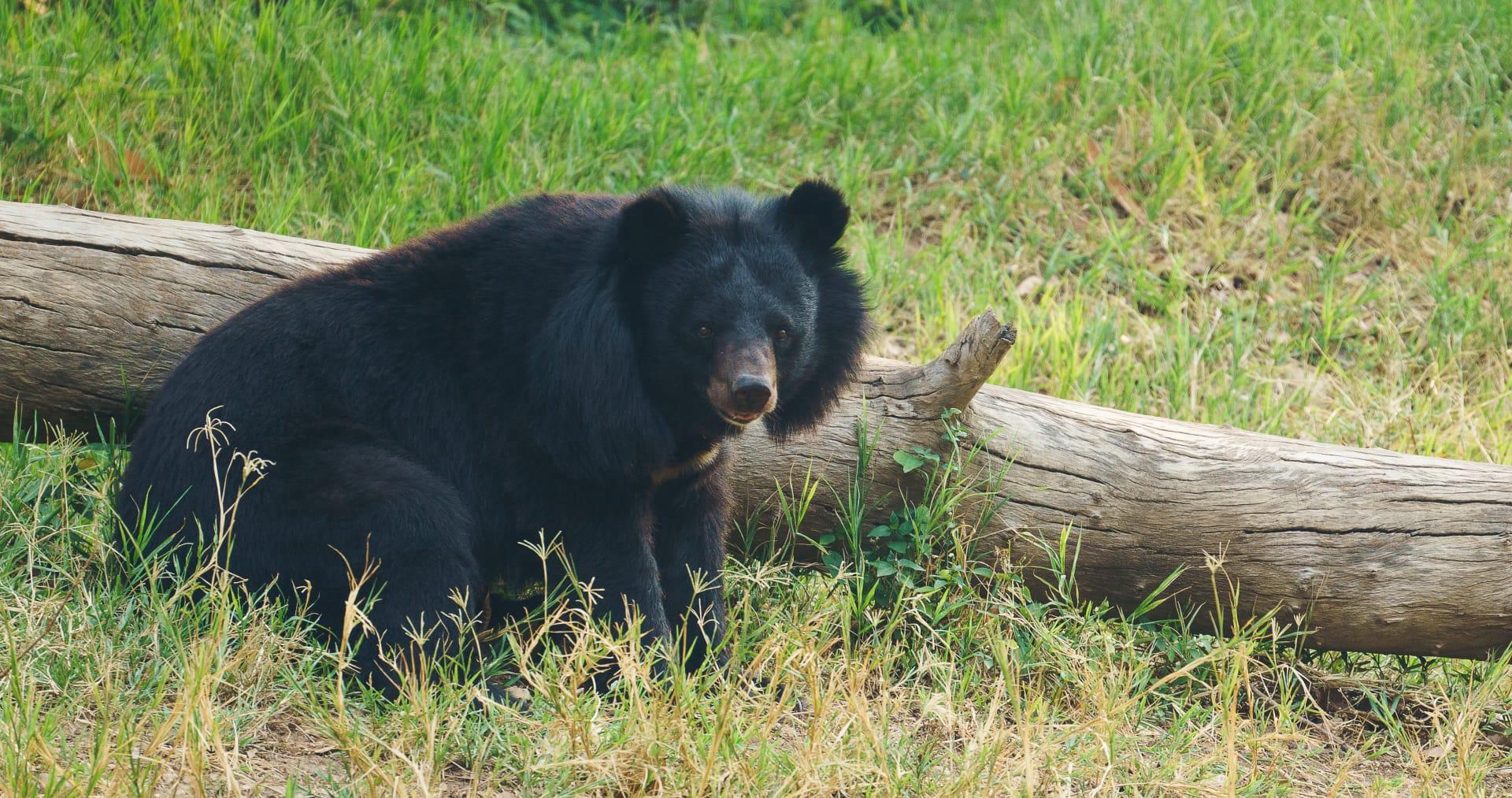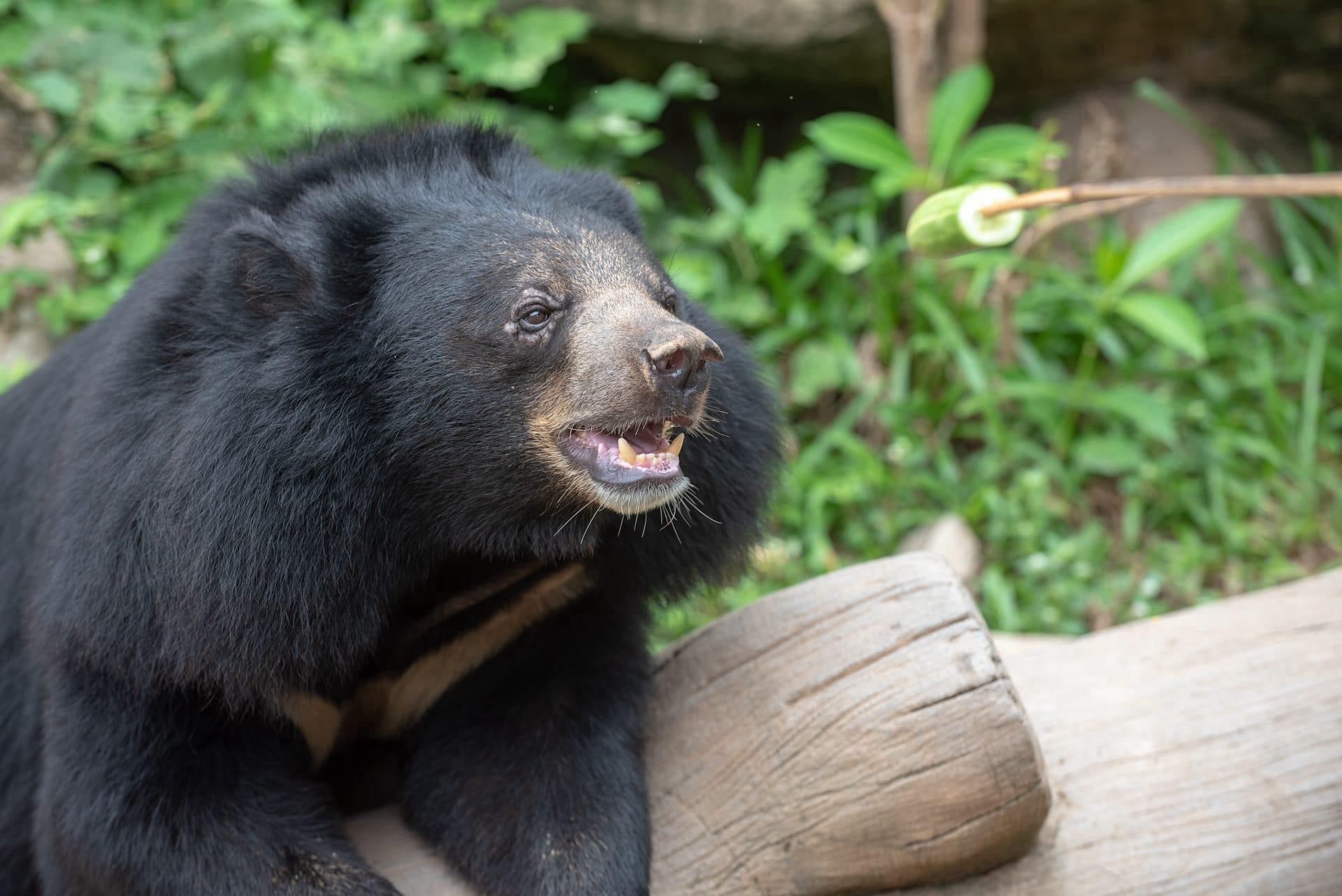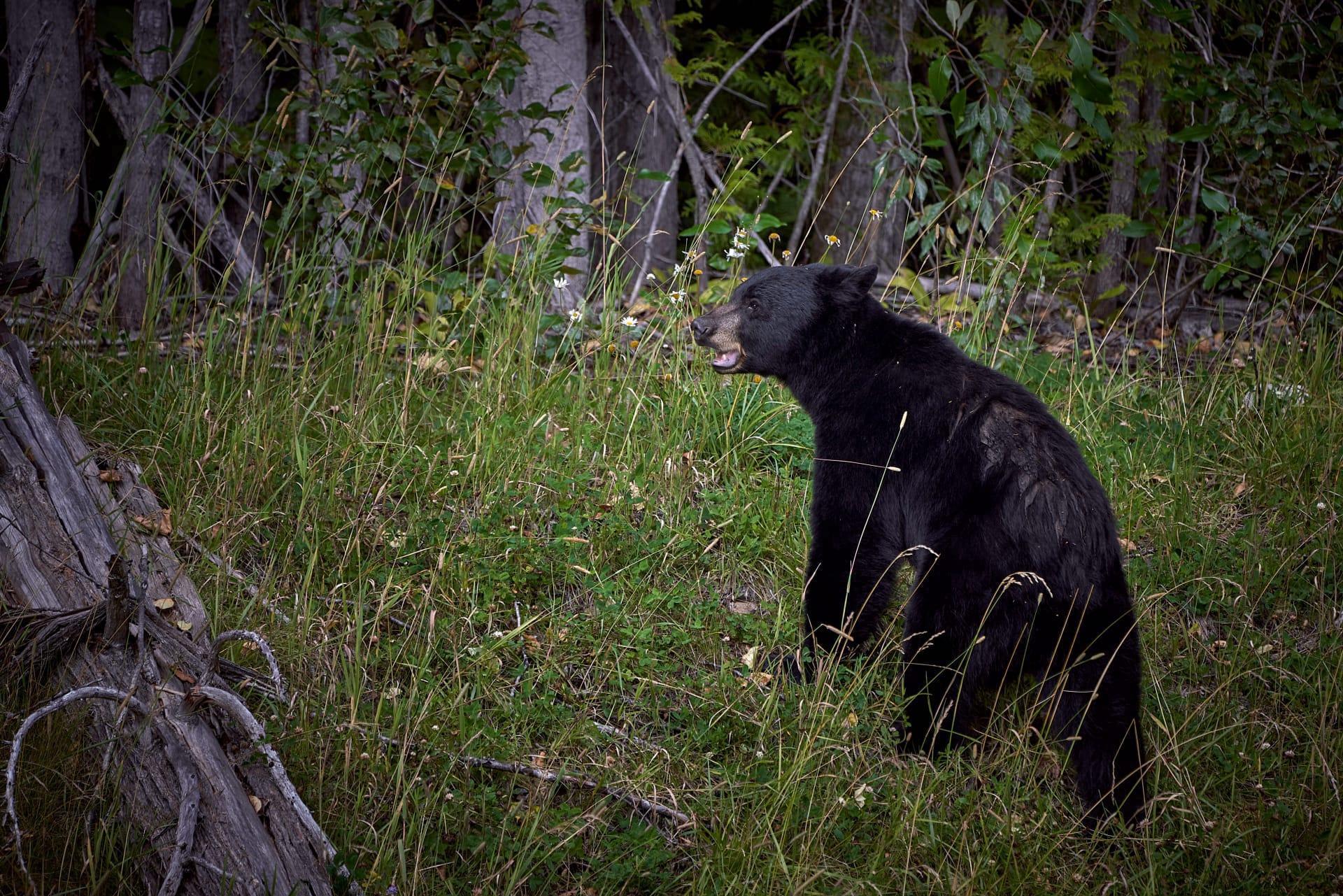Black Bear
- Home /
- Mini Encyclopedia /
- Animal /
- Black Bear
1
Black bears, scientifically known as Ursus americanus, belong to the family Ursidae and are a species of bear primarily found in North America. This species is distinguished by its medium size, with adults typically weighing between 200 and 600 pounds, and its signature black fur, although color can vary to brown, cinnamon, and even blonde in some regions. Their skull is large and convex, with a long, straight profile – a feature unique among bears.
Regarding their distribution, black bears inhabit a wide range of North America's forests. Their range spans from the northern edge of Alaska and Canada, stretching as far south as northern Mexico. The largest populations are found in the forests of Canada and the United States, particularly in the Appalachian and Rocky Mountains. They prefer densely forested areas, including wetlands and swamplands, but can also be found in mountainous and semi-open regions. Their adaptability to diverse habitats is a key factor in their widespread presence across the continent.

2
Question: Do black bears hibernate throughout the entire winter?
Answer: It's a common misconception that black bears hibernate during the entire winter. In reality, black bears enter a state called torpor, a form of light hibernation. Unlike true hibernation, where animals are in a deep sleep and difficult to awaken, black bears in torpor can become active and leave their dens on warmer winter days. During torpor, their heart rate slows down, and their body temperature drops slightly, but they remain alert to their surroundings. This adaptation allows them to conserve energy during times of scarce food resources, yet still be responsive to environmental changes.

3
Black bears employ several survival strategies that allow them to thrive in diverse environments. One key strategy is their omnivorous diet, which includes plants, nuts, fruits, insects, and occasionally small mammals or carrion. This varied diet allows them to adapt to different food availabilities across their range. Additionally, they have a strong sense of smell, seven times more powerful than a dog's, which they use to locate food sources from miles away.
Another survival tactic is their ability to climb trees. Black bears are excellent climbers, even as cubs. Climbing trees serves multiple purposes: it provides safety from predators, allows access to food sources like bird eggs or honey, and is a place for resting. Cubs often climb trees while their mother forages below. Moreover, black bears are strong swimmers, which aids in their survival and food acquisition, particularly in regions with abundant water bodies.

4
In the ecosystem, black bears play several vital roles. They are key seed dispersers due to their diet rich in fruits and nuts. As they consume these foods and travel across vast distances, they spread seeds through their feces, contributing to forest regeneration and biodiversity. This seed dispersal is crucial for the maintenance of healthy forests and the survival of various plant species.
Black bears also contribute to the control of insect populations, as insects form a significant part of their diet. By preying on insects, they help maintain a balance in the ecosystem. Additionally, as opportunistic feeders, they aid in the decomposition process by consuming carrion. This not only helps in nutrient recycling but also in controlling the spread of diseases.

5
Film: One notable documentary on black bears is "Bears of the Last Frontier" (2011), produced in the United States. This film, narrated by Chris Morgan, explores the life of bears in Alaska, providing a close-up view of the world of black bears, along with grizzlies and polar bears. It showcases their survival tactics, behaviors, and interaction with the environment across different seasons.
Book: "The Black Bear: Behavior, Ecology, Conservation" by George B. Schaller, published in the United States in 2003, offers an in-depth look at the life of black bears. Schaller, a renowned wildlife biologist, combines scientific research with field observations to provide a comprehensive guide on black bear ecology, behavior, and conservation efforts.
Book: Another insightful read is "Backcountry Bear Basics: The Definitive Guide to Avoiding Unpleasant Encounters" by Dave Smith, published in the United States in 2006. This book focuses on human-bear interactions in the wild. Smith offers practical advice on avoiding bear encounters and managing situations when they occur, drawing on extensive research and personal experience in North American bear habitats.